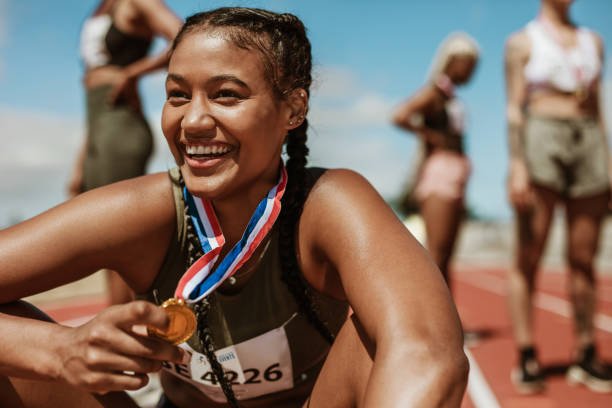How Sport Personalities are Portrayed by the Media and How the Portrayal Influence People
Skip to content
Skip to footer
How Sport Personalities are Portrayed by the Media and How the Portrayal Influence People
How Sport Personalities are Portrayed by the Media and How the Portrayal Influence People

